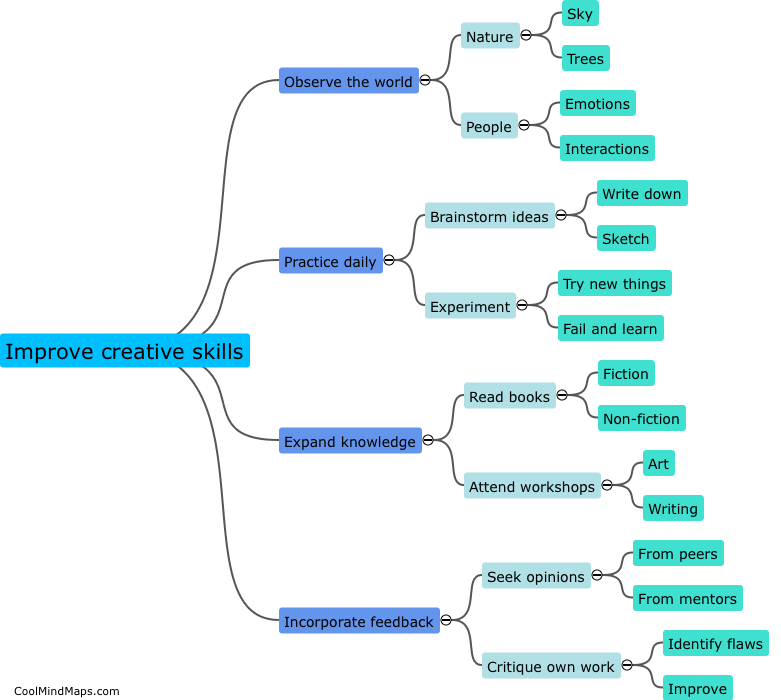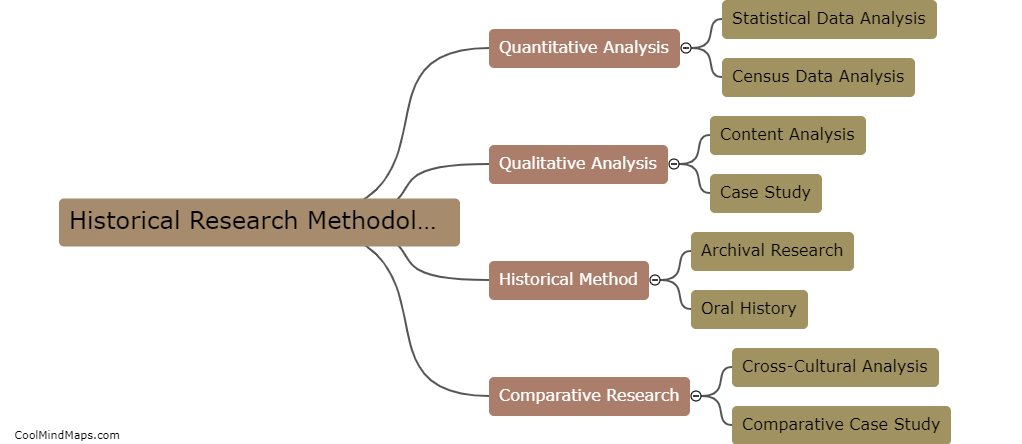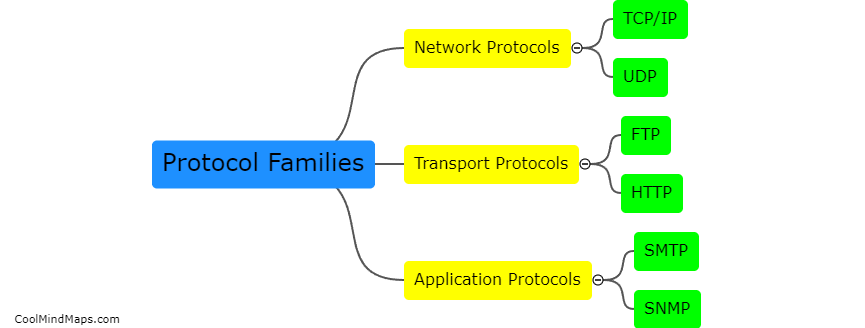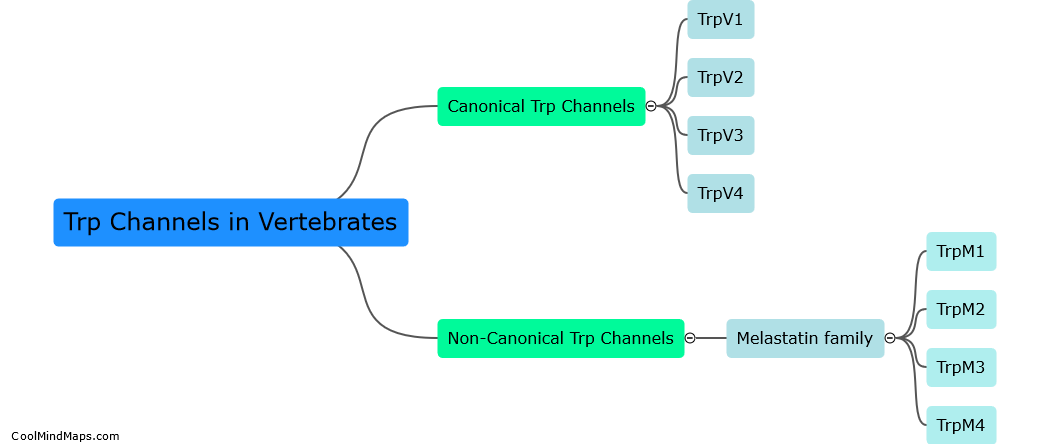How does the process of historical interpretation work?
Historical interpretation involves analyzing and making sense of past events and their significance in order to understand the complexities of history. Historians examine primary sources, such as documents, artifacts, and eyewitness accounts, to piece together the narrative of the past. They also consider the context in which events occurred, the perspectives of those involved, and the larger societal forces at play. Historical interpretation involves making educated guesses, drawing conclusions, and constructing arguments based on evidence, with the aim of providing a deeper understanding of the past and its implications for the present. Ultimately, historical interpretation is both a subjective and objective process that requires critical thinking, analysis, and an awareness of bias and perspective.

This mind map was published on 18 February 2024 and has been viewed 90 times.











